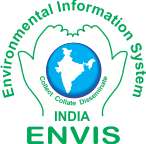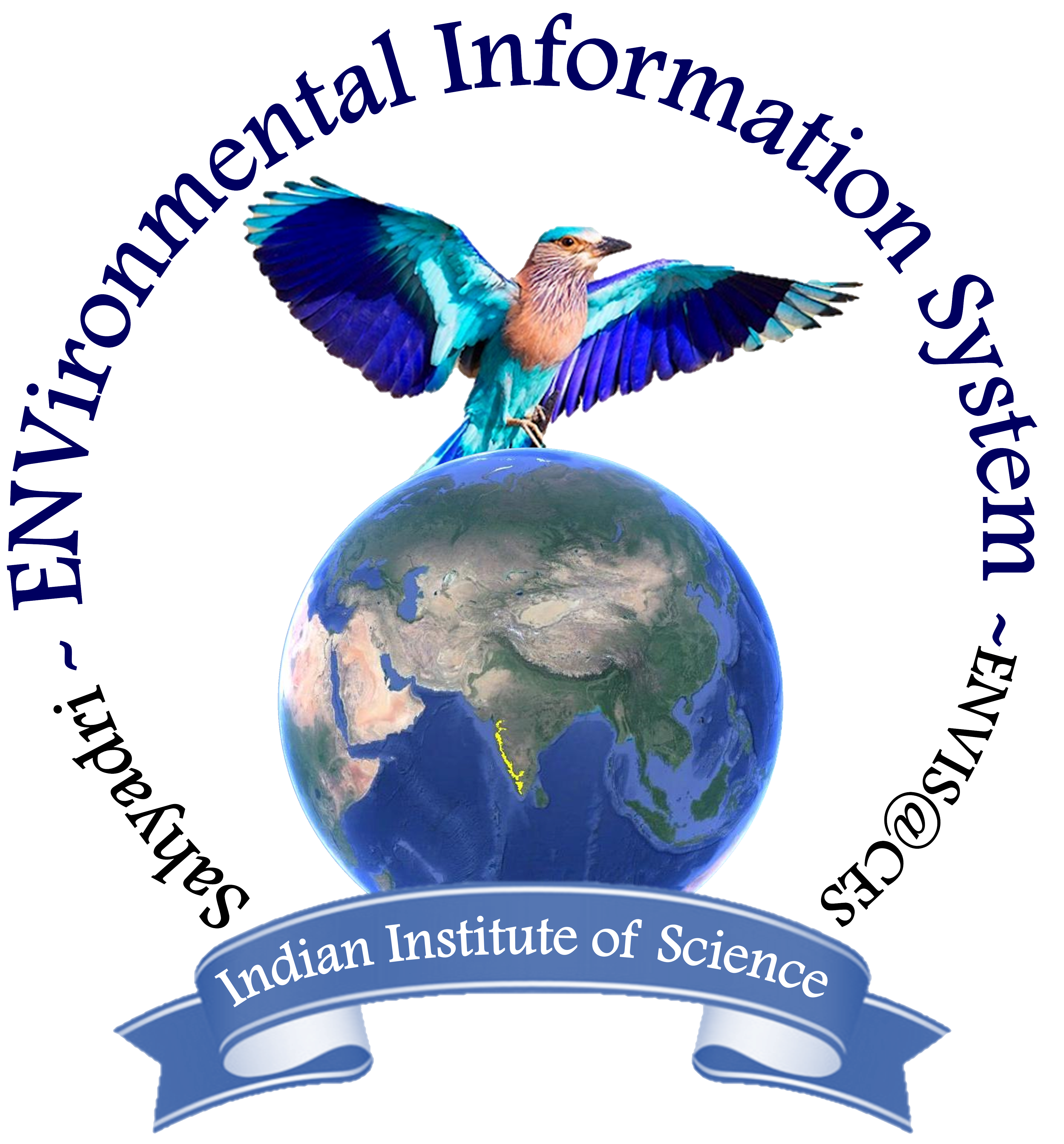Issues: 1 2 3 4 5 6 7 8 9 10 11 12 13 14 15 16 17 18 19 20 21 22 23 24 25 26 27 28 29 30 31 32 33 34 35 36 37 38 39 40 41 42 43 44 45 46 47 48 49 50 51 52 53 54 55 56 57 58 59 60 61 62 63 64 65 66 67 68
BharathSetturu1, Vinay S1Ramachandra, T V* 5. Conclusion & Recommendation The LU analysis shows loss of evergreen cover from 40.47 to 27.14% (1973-2018). The simulated LU shows deforestation will be further aggravated and result in 5% loss of forest cover.The abrupt LULC changes in the high forested regions will result in imbalance of ecosystem and threatens the resources availability.The temporal remote sensing data in conjunction with other supporting attribute data, influential factors used for simulation of likely LU in 2026. The ecological fragile zones identification prioritises region as high ecological fragile zone (36 grids), moderate (24 grids), fragile zones of medium 1 and 2 (6, 4 grids). The village wise analysis highlight high ecological fragile zones of 117 villages and moderate covers 143 villages, medium 1, 2 covers 35, 3 villages respectively. Considering ecological fragility of the region it is recommended that no new major/ expansion of roads, railway lines are allowed, as 90% district falls under high category. Forest Rights Act to be implemented in its true spirit by reaching out to people. Monoculture plantations should not be allowed, existing exotics should be replaced by planting endemic species. Incentives should be provided to encourage farmers for maintain native species cover in coffee plantation. Promote decentralized electricity, use of renewable energy sources such as (solar, wind power). The local bio resource based industry should be promoted. All should be strictly regulated and be subject to social audit. Adapt development projects which will have a least environmental impact by involving local community members in decision making and environmental monitoring. Tourism Master Plan should be based on MoEFCC regulations (after taking into account social and environmental costs). NEXT
|

